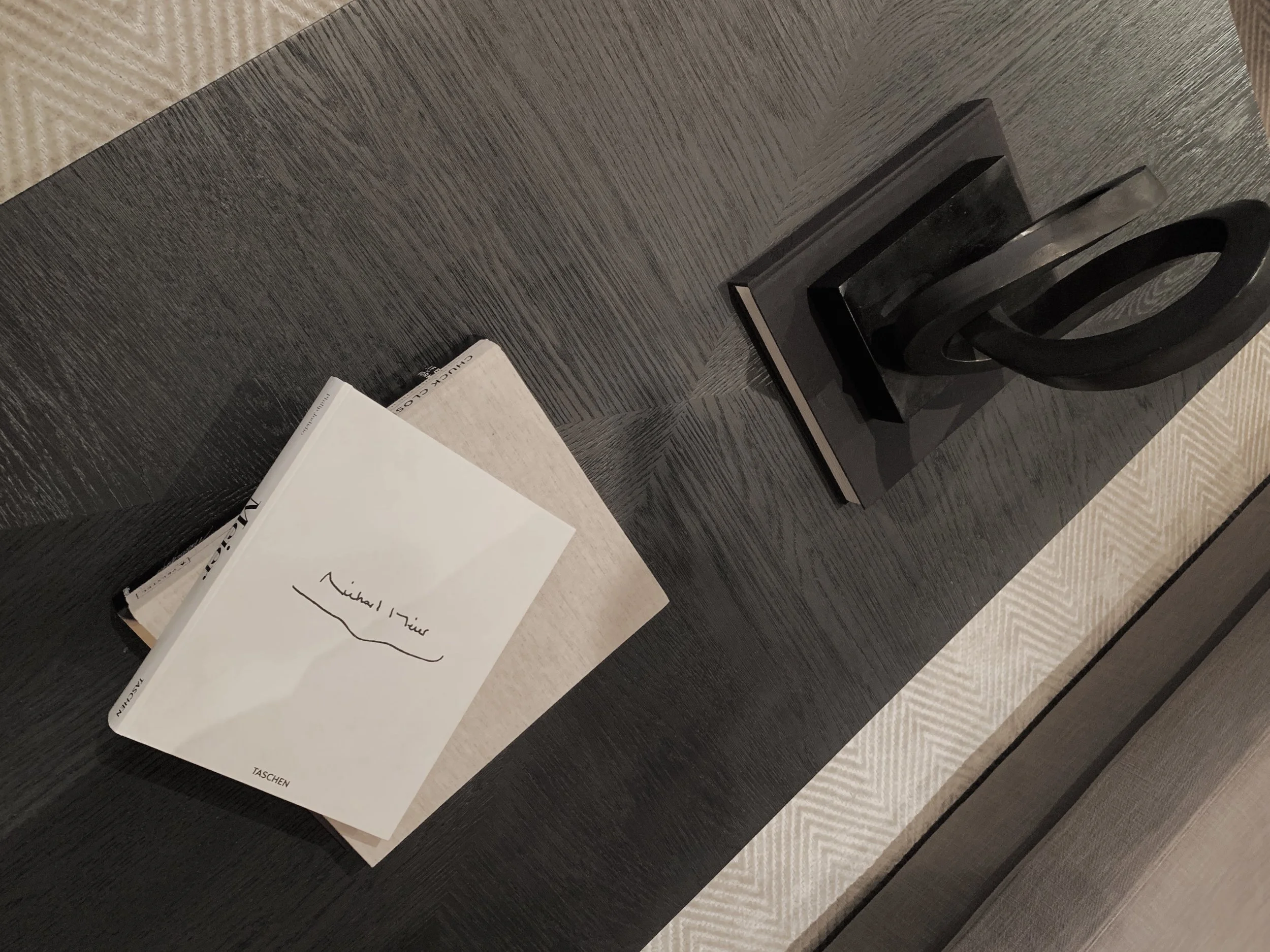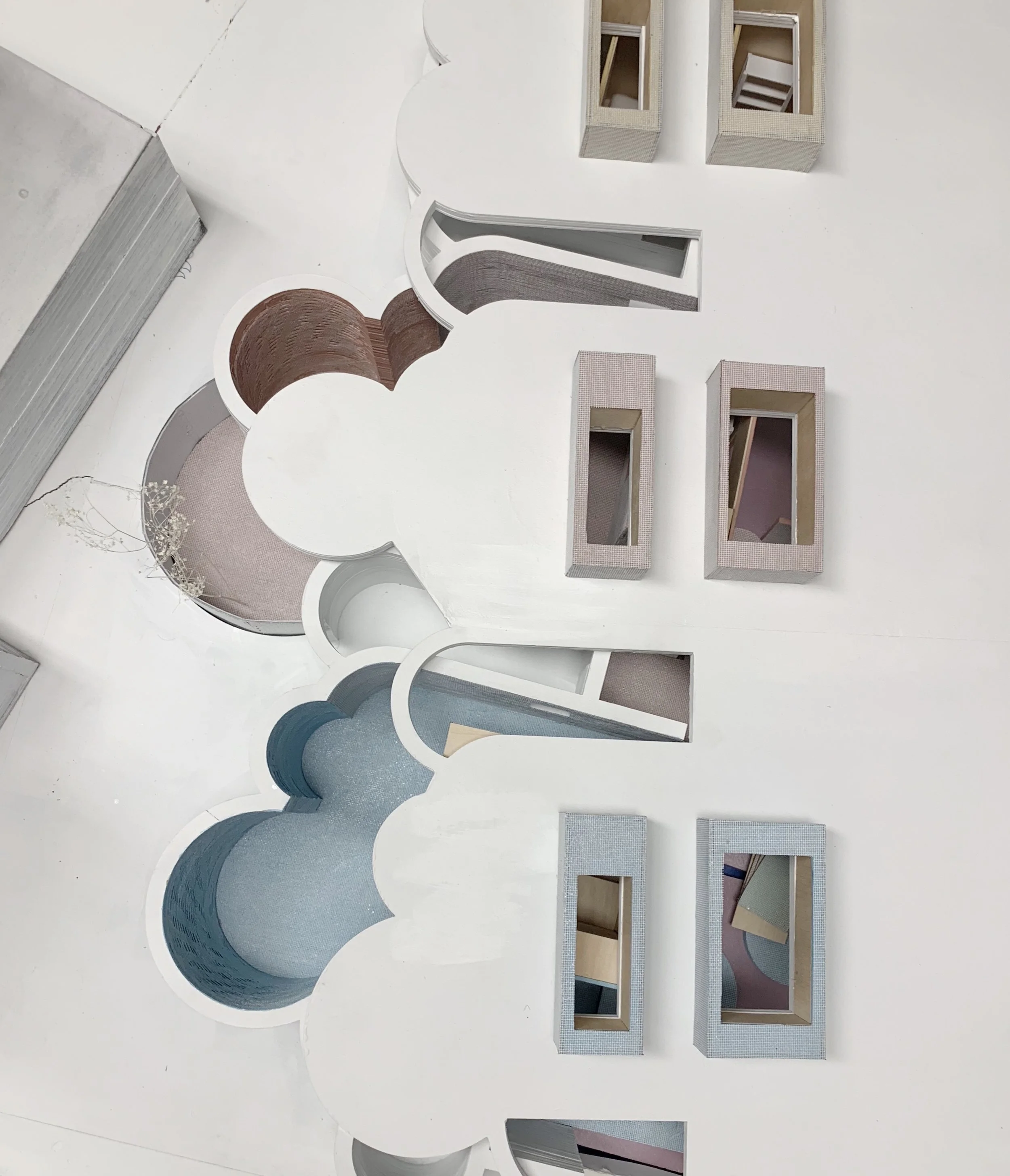KonMari It!
jenny li
“What sparks joy?”
Marie Kondo and the power of tidying
“What sparks joy?”
This trademark question belongs to the Japanese best-selling author and consultant, Marie Kondo, who blew up the Internet with the simple concept of staying organized. The adorably petite decluttering-expert built an empire based on the Japanese art of tidying, and dubbed the method as the “KonMari Method”, which quickly attracted a cult following.
I had a hard time wrapping my mind around the exact reason as to why this seemingly intuitive method was able to produce largely impressive results. After all, the entire basis of the method relies on the mere act of cleaning, which instantly brings back the nagging voice of my mother that still haunts me. I am also safely assuming that cleaning isn’t exactly a hot hobby for most people. So if there is no secret formula, no hidden catch, no million dollar prize... then how has Marie Kondo been able to inspire even the messiest of the messiest to live and breath this lifestyle?
My own understanding breaks down the phenomenon into a few factors.
Marie Kondo first has packaged and marketed the idea of tidying not as a chore but as a way of respecting your items and letting them go as to allow yourself to metamorphose into your best life. The process of tidying should feel magical and self-rewarding, consequentially integrating into your daily habits.
packaged and marketed tidying not as a chore
but as a transformative experience
When deciding whether or not to keep an item, first ask yourself, “does this spark joy”? If not, the object will be discarded. But wait! Don’t be so fast to toss the item aside in the “Toss” box. You must first thank the item for its service and then gently fold or place it into the box. The key is to show respect for your belongings, which is probably well-deserved by that one itchy sweater that sat in a crumpled state in the dark abyss of your closet which you’ve held onto for the past five seasons because “just in case”.
The method also fosters an underlying sense of gratification from letting go of something that no longer has any sentimental meaning. Ridding ourselves of the heap of material items that has piled up throughout our lives is essentially a psychological purge.
Translation of physical space to mental space
The therapeutic effect of decluttering promotes a sense of serenity and structure in a psychological regard. The translation from physical space to mental space reveals the parallels of how our surroundings unconsciously play a role that contributes to our overall well-being. For example, a filthy and cluttered apartment may serve as a physical reflection of your inner manifestations of mental suffocation and chaos. Once you tidy the apartment, there is an immediate sensation of not only accomplishment but also of conceptual clarity and a space to breath.
Although given the transformative benefits, in no way will following the KonMari method suddenly gift you the perfect life with clear skin and thriving success (those are achieved through hydration and a pure grind), but it certainly saves you from entering the all-too familiar last-minute cleaning hysteria before your guests arrive. And to be honest, the method is by no means only limited to lifeless objects; it works with people as well. Do they spark joy? If not, then maybe it’s time to say thank you and goodbye!
| check out the new Netflix show: “Tidying Up with Marie Kondo” |


